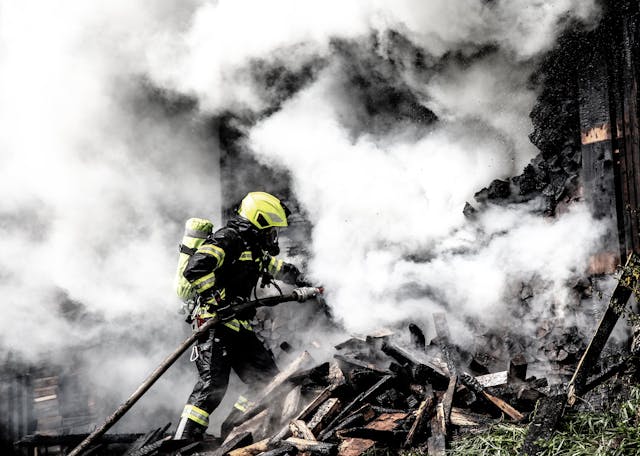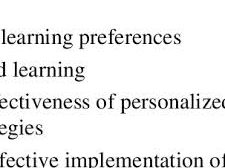Fire safety is a critical aspect of any building, whether it’s a commercial property, residential space, or public facility. Proper fire safety risk assessment is essential to identify potential hazards, implement safety measures, and ensure compliance with legal requirements. This guide will walk you through the basics of fire safety risk assessment, its importance, and how to conduct one effectively.
What is a Fire Safety Risk Assessment?
A fire safety risk assessment is a systematic process of evaluating a building or premises to identify potential fire hazards, assess the risks, and determine necessary precautions to minimize or eliminate those risks. The goal is to protect people, property, and assets from the devastating effects of fire.
Why is Fire Safety Risk Assessment Important?
- Life Safety: The primary concern is to protect the lives of occupants. A well-conducted risk assessment identifies risks that could lead to injury or loss of life, ensuring appropriate measures are in place to prevent fires and facilitate safe evacuation.
- Legal Compliance: In many jurisdictions, conducting a fire risk assessment is a legal requirement. Non-compliance can result in severe penalties, including fines and closure of premises.
- Property Protection: Identifying and mitigating fire hazards helps in protecting property and assets from fire damage, thereby reducing potential financial losses.
- Insurance Requirements: Many insurance companies require proof of a fire safety risk assessment before providing coverage. It demonstrates a proactive approach to risk management, which can positively impact insurance premiums.
- Minimizing Business Disruption: A fire can lead to significant downtime and loss of revenue for businesses. By identifying and addressing fire risks, businesses can minimize the chances of such disruptions.
Steps to Conduct a Fire Safety Risk Assessment
1. Identify Fire Hazards
- Sources of Ignition: Identify potential ignition sources such as electrical equipment, open flames, heaters, and machinery that can produce heat or sparks.
- Sources of Fuel: Look for materials that can fuel a fire, including paper, fabric, chemicals, and flammable liquids.
- Sources of Oxygen: Understand how oxygen can exacerbate a fire. This includes understanding ventilation systems, open windows, and the use of oxygen in certain equipment.
2. Identify People at Risk
- Occupants: Consider everyone who uses the premises, including employees, residents, customers, and visitors.
- Vulnerable Individuals: Pay special attention to people who may need assistance during an evacuation, such as the elderly, children, or individuals with disabilities.
3. Evaluate the Risks
- Assess how likely it is for a fire to start and spread. Consider factors such as the layout of the building, the presence of fire protection systems (like alarms and sprinklers), and the behavior of occupants.
- Determine the potential impact of a fire, including the risk of injury or loss of life and the extent of property damage.
4. Implement Precautionary Measures
- Fire Detection and Warning Systems: Ensure that there are adequate smoke detectors, fire alarms, and alert systems installed throughout the premises.
- Firefighting Equipment: Install and maintain fire extinguishers, fire blankets, and sprinkler systems.
- Safe Storage: Store flammable materials safely and away from ignition sources.
- Emergency Routes and Exits: Ensure that all escape routes are clear, well-marked, and accessible. Regularly test emergency lighting and signage.
- Staff Training: Train staff and occupants on fire safety procedures, including the use of firefighting equipment and evacuation protocols.
5. Record, Plan, and Train
- Document Findings: Record the hazards identified, the risks assessed, and the measures implemented. This documentation is crucial for compliance and future reference.
- Emergency Plan: Develop an emergency plan that includes evacuation procedures, assembly points, and roles and responsibilities during an emergency.
- Conduct Drills: Regularly conduct fire drills to ensure that everyone knows what to do in the event of a fire.
6. Review and Update
- Fire safety risk assessments should not be a one-time exercise. Regularly review and update the assessment to account for changes in the building, its usage, or the introduction of new equipment or materials.
- After any fire incident or near-miss, reassess the risks to prevent future occurrences.
Common Fire Hazards to Watch Out For
- Electrical Faults: Overloaded circuits, faulty wiring, and malfunctioning equipment.
- Heating Equipment: Portable heaters, boilers, and cooking appliances.
- Flammable Materials: Improper storage of flammable liquids, chemicals, or combustible materials.
- Human Error: Improper use of equipment, negligence in handling flammable materials, or accidental ignition.
Legal Requirements and Standards
- The legal requirements for fire safety risk assessments vary depending on the country or region. Familiarize yourself with local fire safety regulations and standards, such as the Regulatory Reform (Fire Safety) Order 2005 in the UK or the National Fire Protection Association (NFPA) codes in the USA.
- Ensure compliance with these regulations to avoid legal repercussions and enhance the safety of the premises.
Conclusion
Fire safety risk assessment is a crucial component of maintaining a safe environment in any building. By systematically identifying and mitigating fire hazards, you protect lives, property, and ensure compliance with legal obligations. Regularly reviewing and updating your fire safety risk assessment is key to adapting to changes and maintaining a high level of safety. Remember, a proactive approach to fire safety not only prevents potential disasters but also fosters peace of mind for everyone involved.



